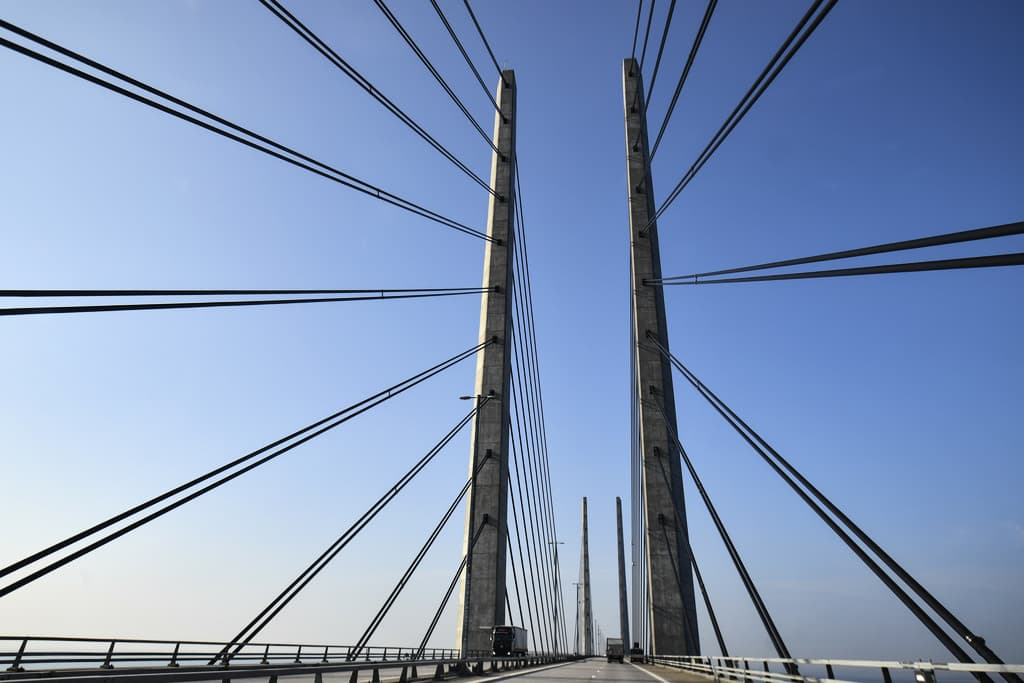On an electric road, vehicles' batteries can be charged during travel. Commercial traffic can thus avoid expensive stops for charging at charging stations and the battery size can be reduced.
The Öresund Bridge would be well-suited for an electric road for several reasons, according to Mats Alaküla, professor at Lund University.
An electric road is actually suitable for energy supply of electric vehicles wherever there is a lot of traffic, and that is the case on the Öresund Bridge.
The Öresund Bridge also has symbolic value, he believes.
Regional Transport
Analysis of traffic flows has also shown that a significant part of the traffic on the bridge is regional – it involves travel between nearby areas on either side of the bridge, emphasizes Mats Alaküla. For these transporters, an electric road on the bridge would be what makes it profitable to switch to electric vehicles.
For the Öresund Bridge, it's about living up to the vision of becoming the world's most sustainable bridge. The energy could be obtained from solar panels installed on the artificial island of Pepparholmen.
According to Mats Alaküla, it would be sufficient with a total of 8.5 kilometers of electric road, with an investment cost of approximately 20 million kronor per kilometer, if an electric road is built in both directions.
The technology exists. The technology is mature enough, he says.
A Contact Ad
Karin Ebbinghaus, CEO of Elonroad, thinks that one can see the declaration of intent made by her company together with the Öresund Bridge and Lund University as a contact ad.
The purpose is to initiate cooperation with companies with regional connections that regularly use the bridge.
It's both the large brand owners and transporters. It could be that as a brand owner, for example, Ikea or Carlsberg, which has a lot of flows over the bridge, says that we want electricity. Or it's the large logistics companies that perform the services, says Karin Ebbinghaus.





